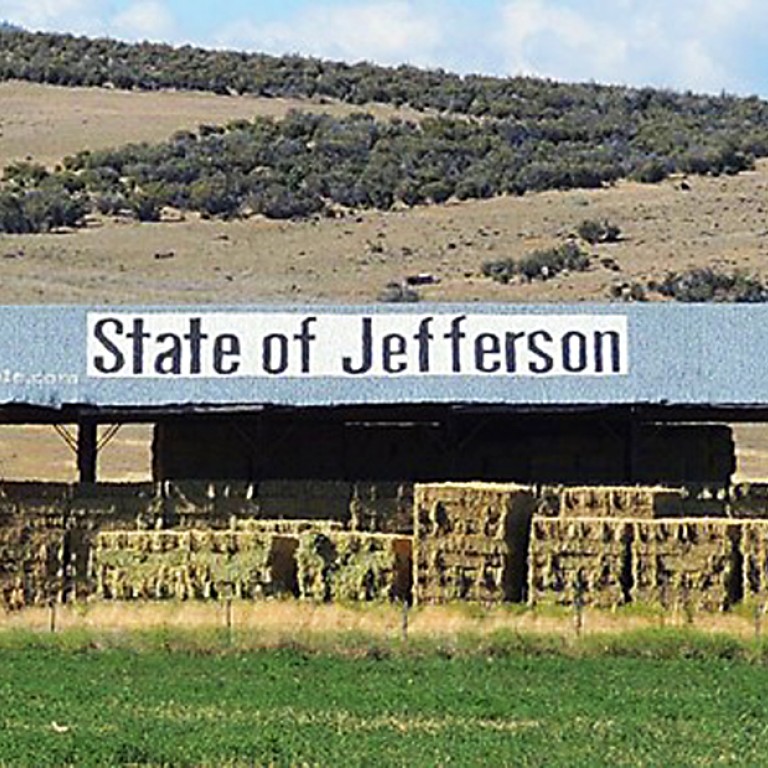
Voters in northern Californian counties consider forming 51st state
Residents in mainly rural northern areas voteon preliminary step towards forming 51st state
People in California's largely agrarian and politically conservative far northern counties, feeling out of sync with their counterparts in major urban areas, are contemplating breaking away to become America's 51st state.
Voters in two counties will have a chance to voice that sentiment next week.
Del Norte and Tehama counties, with a combined population of about 91,000, will hold a June 3 vote on an advisory measure that asks each county's board of supervisors to join a wider effort to form a state named Jefferson.

Elected officials in four California counties have already voted to join the movement. Supervisors in a fifth county will vote on June 10, while local bodies in other northern counties are awaiting the June 3 ballot results before deciding what to do.
The counties that could opt into California's movement - as many as 16, according to supporters - make up more than a quarter of the state's land mass but only a small portion of its population.
Aaron Funk, a secession supporter in Del Norte County, noted that 11 northern counties share just one senator in California's legislature, compared to 20 for the greater Los Angeles area and 10 for San Francisco Bay. "Essentially, we have no representation whatsoever," he said.
The terrain of the seven counties that have voted or will this month spans some of California's most majestic coastal scenery to agriculture-dominated valleys, Mount Shasta and Redwood National Park. Some of its residents are also are among the state's poorest, and the population is far different from California as a whole.
While the state has no racial majority and Hispanics make up the largest ethnic group, residents in the far northern counties are overwhelmingly white.
Because the exact make-up of the proposed state of Jefferson is still unknown, it is hard to assess the potential economic impact. The state finance department does not have a county-by-county comparison of what each contributes in state revenue versus what it receives.
But the loss of millions of dollars for everything from infrastructure to schools is among the biggest worries of residents who oppose the secession movement. The Del Norte County Board of Education, which receives 90 per cent of its funding, or US$32 million, from the state, voted to oppose the local initiative, known as Measure A.
If it passes, Kevin Hendrick worries that local officials will spend years studying how to create a new state rather than tackling more immediate problems such as fixing a crumbling highway that is in danger of falling into the ocean.
"It's a lot of broad promises about things being better and representation being better," said Hendrick, who is leading the opposition in Del Norte. "But the more they talk, the less clear it becomes about how that's actually going to happen."
